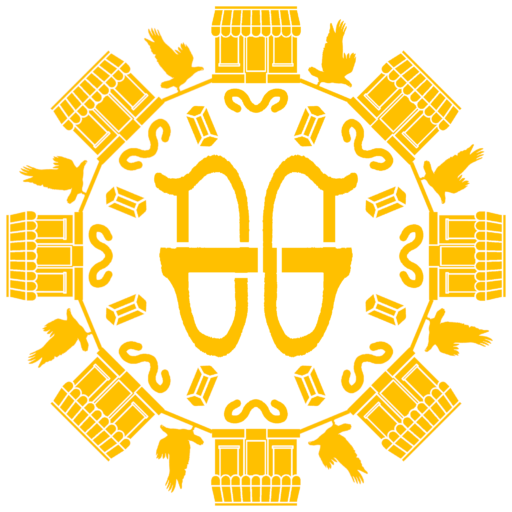Ioannes Leontides (1750-1789)
He was originally born in the Greek island of Psara to Andreas Leontides and Maria Moros. Leontides earned his money through the transportation between the Aegean Sea. Moros later cloistered herself on the Island of Chios, where she died during the Chios Massacre of 1822.
Varvatsi worked for his father as a deckhand. He was also self-taught and was able to learn quickly the maritime trade. As soon as he had his own boat, he engaged in maritime trade, but immediately became involved in piracy.
When the Russian-Turkish War broke out, he served in it from 1768-1774, being a part of naval operations. He mainly served under Alexei Orlov, a fleet commander present in Mykonos. A major decisive turning point of the war was when he arrived at the Bay of Çeşme in 1770 and turned his own ship into a fire-ship in order to ram it into the Turkish fleet. This earned him a First Lieutenant of the Russian Empire by Empress Catherine II.
After living in poverty in his home-island Psara, he eventually sought audience with the Empress. n 1789, Varvatsi was made a citizen of the Russian Empire. The Empress settled him in Astrakhan along the Volga River, where he was given the right to fish in the Caspian Sea without paying taxes. This allowed him to become wealthy and employ 3,000 workers.
Ivan Andreevich Varvatsi (1789-1825)
His surname was adopted from his cognomen Varvakia which is Greek for “falcon,” in reference to his piercing gaze, like those of a falcon–as clearly seen in the oil painting.
Although an ennobled Russian, he still kept close to his Greek heritage. He moved to Taganrog, a city along the Sea of Azov with a large Greek diaspora, where he financed the construction of an Orthodox church, a school, and a mansion for himself. He also tried to take part in the Greek Revolution, by traveling there to aid refugees. However, he died in Zakynthos.
He would become an incredibly important historical figure in Greece. He would be buried in the city of Athens due to his importance in the Revolution.
Sources
- Filia, Linda. ”Ioannis Varvakis.” First Cemetery of Athens.
- ”Ioannis Varvakis.” Wikipedia.
- Vailakis, George. ”Ioannis Varvakis: The man who sold caviar to the world- A pirate that became national benefactor.” Economia. 2021.
